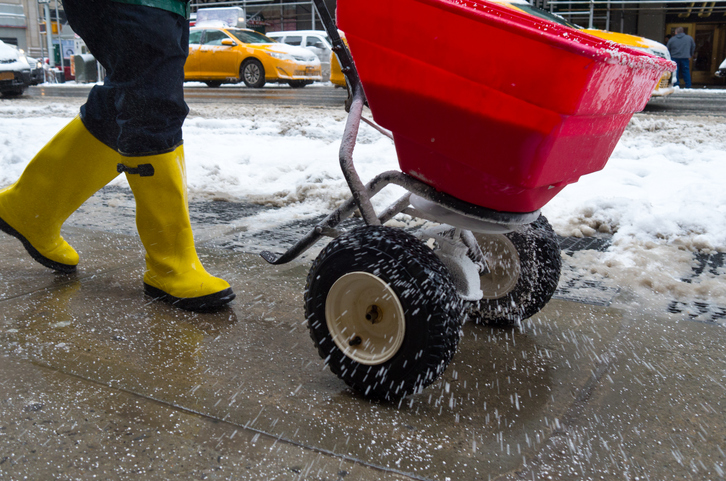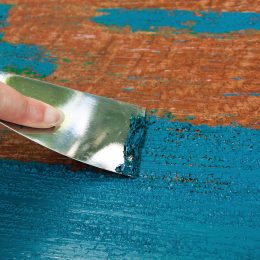
Winter is here, and that means snow-covered and icy roads are the new norm. While keeping them clear and safe is the job of your local street maintenance crews or neighborhood associations, it’s up to you to do the same around your home. There are a few options to choose from for keeping your driveway and sidewalks ice free.
Option 1: Shovel Yourself Out
Before you can tackle the ice, you have to get through the snow, so make sure you have a good shovel on hand. Some folks enjoy shoveling for the workout, but it might not be the best option for those not in good shape. It puts a tremendous strain on the body, which is why hospital emergency rooms see an influx of people right after a major snowfall. Shoveling is labor-intensive, but if that’s your go-to, do yourself a favor and buy a shovel designed to save your back. Ergonomic shovels with specially-designed handles and shafts help ease the strain.
Option 2: Throw That Snow
If shoveling isn’t for you, or you can’t devote much time to snow removal, perhaps a snow blower is your best choice. Even a small snow blower can handle significant amounts of snow reliably for many years to come. If being “green” is your thing, there are powerful, battery-operated snow blowers on the market today with impressive performance.
Option 3: Sprinkle on the Heat
Keep your concrete surfaces safe by using an ice melt. Ice melt works by attracting moisture, thus creating a salt water solution called brine. Brine generates heat, and that’s what melts the ice. Two big factors when choosing an ice melting product are preventing pitting and spalling of your concrete, and preventing harm to pets and plant life. Four top options to consider:
Calcium chloride, experts agree, is the best ice melt for preserving your concrete. It absorbs water, starts dissolving, generates heat quickly, and it’s less corrosive and more environmentally-friendly than other ice melts.
Magnesium chloride has these attributes as well, and it can be used in heavily vegetated areas. But it can cost more than calcium chloride.
Calcium magnesium acetate (CMA) is also highly rated for use on concrete, combining acetic acid and dolomitic lime, both non-toxic to animals and plants. It doesn’t form brine but works by preventing snow particles from sticking to each other on concrete. CMA can be less effective in temperatures below 20 F but it’s the best choice for newer concrete less than two years old.
Natural deicers are a good alternative if you prefer not to use chemicals. Their effectiveness comes more from their gritty and anti-slip qualities, providing good traction without corroding concrete. Options include sand, sawdust, wood shavings, and kitty litter, and while they won’t melt ice, they can be mixed with ice melt products.
The type of ice melt for you really just comes down to your preferences. If you want to create a safe walking surface, choose a flaky ice melt such as calcium chloride. If you have kids and pets, consider CMA because of its non-corrosive characteristics.
Visit your local Do it Best store or doitbest.com for thousands of the best home improvement products, including concrete and pet safe ice removal options.
This article is for informational purposes only. Indiana Connection and Do it Best Corp. assume no liability for the accuracy or completeness of the information contained herein, or for injuries, property damage, or the outcome of any project.



